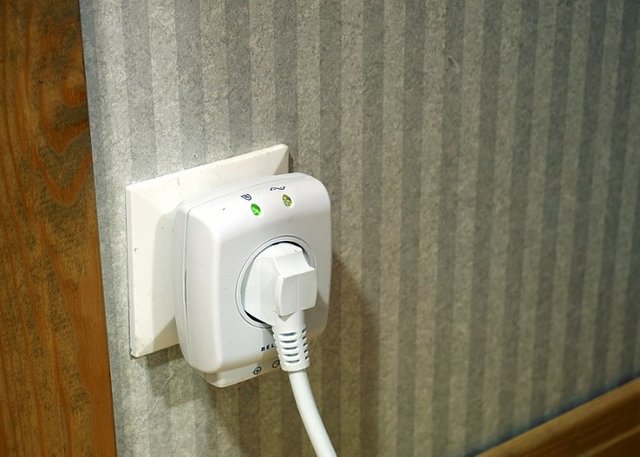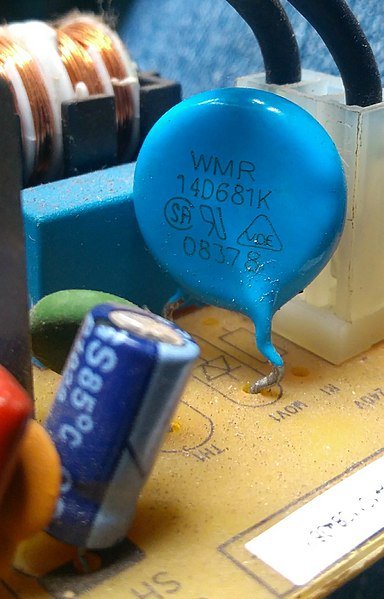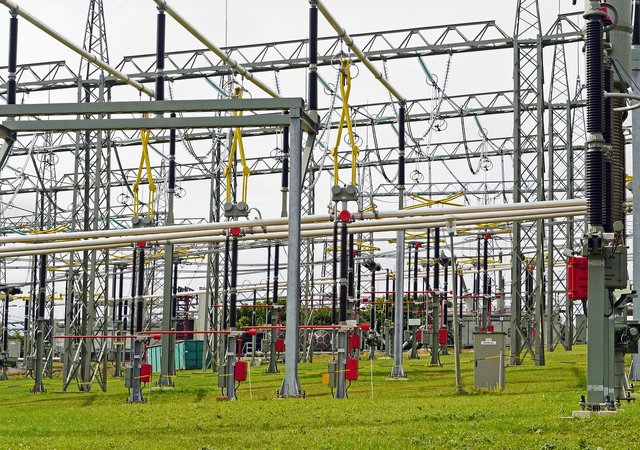Understanding The Working Principles Of Surge Protectors And Fuses (In What Way(s) Do They Defer?) — Part 1
In the part of the world I come from, while most of us (if not all of us) have heard the name fuse and probably know it as an electrical device used to protect electrical appliances against excessive current loads in our homes and offices, only few people (mostly those whose vocations have something to do with electricity) might have heard about surge protectors which are also important protective devices similar to fuses, and both of which are essential components of the electrical wiring systems in our homes and offices. In this article, we will be looking at how they work to protect sensitive electrical appliances in our homes and offices, as well as establish the basic difference(s) between them (if any).
Talking about surge protectors
Surge protectors are electrical devices installed to help even-out sudden peaks of electricity in the supply in order to reduce the likelihood of damaging sensitive electronic equipmentsref.
Leaping bolts of lightning strikes usually carry large amounts of electrical power whenever it occurs, and this electrical energy, which is released over a fraction of a second, has to be channeled to somewhere going by the law of conservation of energy. In a situation where lighting strikes near a home, the huge electricity accompanying it may flow through the wiring systems, damaging and destroying every appliances that are plugged in at that very moment.
It is almost impossible to prevent electricity accompanying lightning from causing damage to appliances when it flows through wiring systems. The only effective preventive measure is to have our sensitive equipments unplugged before lightning strikes. Another helpful means with which to safeguard sensitive appliances is to have surge protectors installed in our homes, which, as has been noted above, would help even-out the sudden peaks. But then I think it is important that we understand what constitutes surges before we go into the details of how surge protectors work. In other words, what are surges?
Explaining surges
From our understanding of electricity, we know that electricity is very dangerous and it is not something to be careless about when working with essentially because it is a flow of current carrying energy in a loop known as circuit. This energy can be so enormous that it is almost impossible to recover from its devastation when it does find its way into a biological organism. To help save energy, electricity that we use in our homes are transmitted from power plants at extremely high voltages. Before it gets to our homes, it has to pass through transformers in substations near our homes where the high voltage power is first stepped down to lower voltages that our home appliances can safely use.

[A surge protector. Source: wikimedia commons. Author: Santeri Viinamäki. CC BY-SA 4.0 licensed]
Different appliances require different amount of electricity. Things like boilers, electric stoves, toasters, etc that need to get hot to function will need larger amount of currents to provide a lot of power than such electronic equipments as CD players, television, etc which needs much smaller current and uses less power to function. All these appliances will function properly when electricity being supplied to homes has a reasonably constant voltage.
However, things do not always play out like that. Sometimes, there could be voltage fluctuations as a result of sudden changes in the way power is transmitted from the grid. Or it could be that a huge appliance containing a powerful electric motor in a nearby factory is switched on or off, causing a sudden surge or drop in power within the home circuit system. When the change in voltage occurs only briefly, it is called a spike; when it lasts long, a surge. Usually, big appliances are unaffected by a spike or surge, but tiny components in sensitive electronic equipments could get harmed. To prevent this, we need something that will even-out any peaks in the voltage; and this is particularly what surge protectors do to safeguard our home appliances.
How surge protectors work to smoothen peaks in voltages
Normally, in every wiring system whether domestic or industrial, there is what is called Earth wire or ground wire which offers protection to electrical circuit by sending any unwanted current into the earth. Now, our home appliances have to get power from sockets mounted on the wall. In a surge protector, there is an extra connection that links the main power line (e.i the hot wire or live wire) to the ground wire. This extra connection wire is ordinarily inactive under normal circumstances. However, in a situation where larger than normal electrical voltage appears, and produces more than normal electric current, this extra connection wire becomes active, diverting excess electricity to the earth wire via which it is safely earthed. This means no extra current than needed is supplied to our electrical appliances and so they are not harmed.

[A metal oxide varistor. Source: wikimedia commons. Author: Soumyapatra13. CC BY-SA 4.0 license]
Surge protectors contain what's called a varistor which enables them to know when to divert excess electrical current. A varistor is a voltage-dependent resistor that is made from a metal oxide semi conductor usually known to be a bad electricity carrier. During high voltage peaks, the semiconductor component of the varistor becomes a good conduct, and allows normal flow of excess electricity through it to the ground wire. And this will continue for as long as the surge is on and only switches back to semiconductor status as soon as things become normal. Hence, home appliances are not only protected but also will continue to function as though things were normal even throughout the surge duration.
In conclusion; surge protectors are of great help in smoothening out excess electricity following peak voltages. True as this is, however, it is important to understand that surge protectors do not guarantee complete protection at all times. A direct lightning strike can discharge electricity so massive that surge protectors probably may not be able to prevent it from damaging home appliances. Secondly, they may also fail in a situation where surges last for a long time, and generally are incapable of protecting against higher than expected currents from the power grid. In the Part 2 of this two-part article, we will be looking at fuses, how they work to offer their own protection against harmful voltages and electricity. We will also compare them with surge protectors with a view to establishing the difference(s) between them (if any). Thanks for reading.
References for further reading
- How surge protectors work
- How fuse protection differs from surge protection
- Surge protectors and fuses
- Surge protector
Yours truly,
@eurogee
Do You Blog About Science, Technology, Engineering, and Mathematics? If Yes, Patiently Read The Below Info


Join Euronation Community on Telegram and whatsapp through the below links to socialize with larger steemit community:

No Witnesses = No Steem Blockchain; If You Truly Love Here, Vote For Witnesses NOW!
Click This Link To Vote Now



Uncomplicated article. I learned a lot of interesting and cognitive. I'm screwed up with you, I'll be glad to reciprocal subscription))
This post has been voted on by the steemstem curation team and voting trail.
There is more to SteemSTEM than just writing posts, check here for some more tips on being a community member. You can also join our discord here to get to know the rest of the community!
Surge protectors can often be a life saver for electrical instruments as well as for us. A good write, bro.
Cheers!
Thanks for checking out my blog!
:)